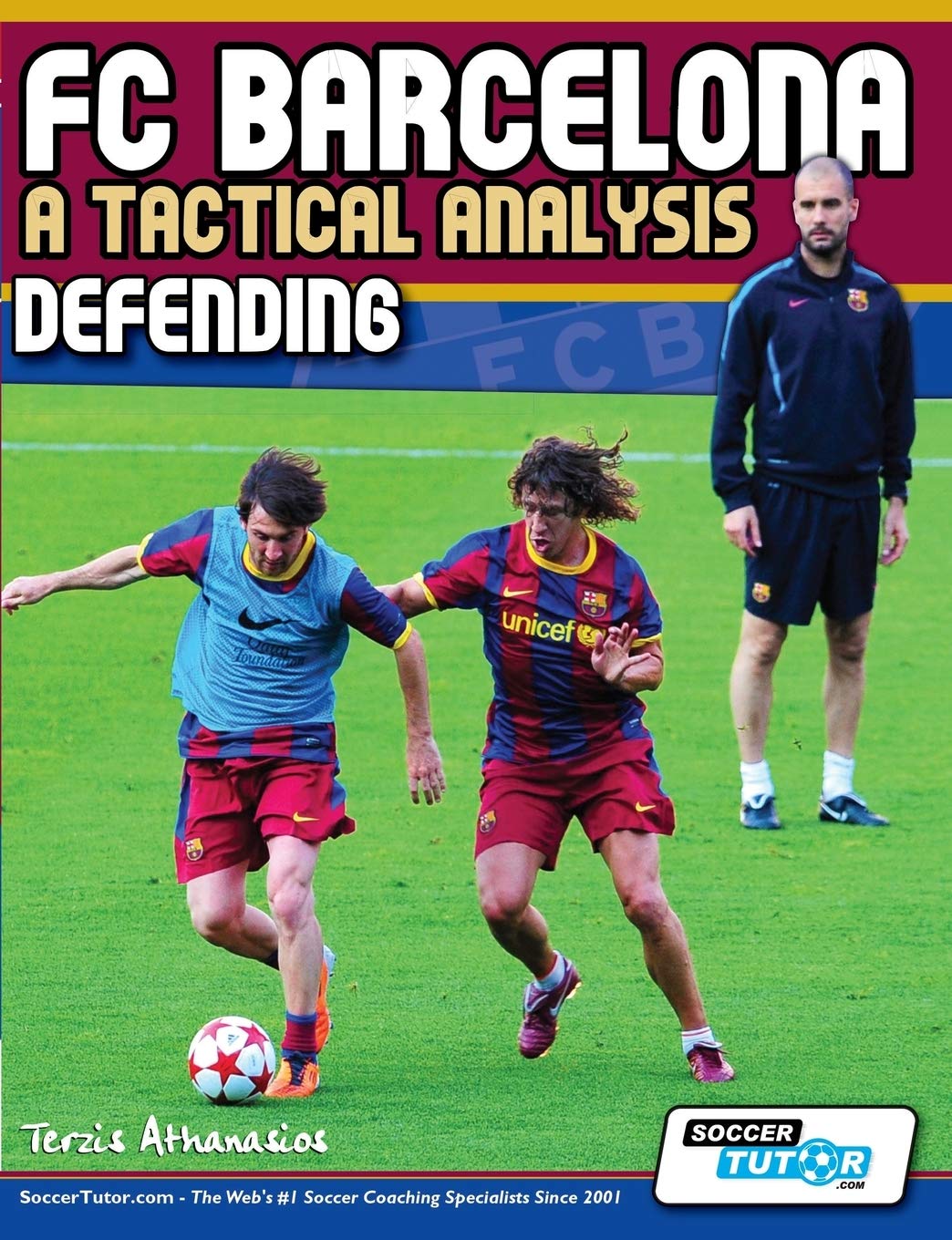Descrição
This book is an exclusive and groundbreaking study of Pep Guardiola’s Barcelona team.
This information and analysis of one of the most successful club sides in history has been in high demand and it is finally here!
The defensive part of Barcelona’s game does not get enough attention, but is integral to their philosophy and all their superior style of play.
The main elements of their tactics include pressure high up the pitch, winning the ball back quickly, maintaining a numerical advantage around the ball zone and pushing their opponents wide to limit their space.
We can now see a full analysis of Barcelona’s defensive tactics which have been so important to their success. The book shows Barca’s 4-3-3 system of play, each player’s responsibilities, positioning and movement within every possible phase of play.
Terzis Athanasios is a Tactical Professor of Football and has compiled an extensive assessment of Barcelona’s attacking play after over 1000 hours of studying all the games from the 2010-11 season. Guardiola’s team has won 3 La Liga championships, 2 UEFA Champions Leagues, 4 Spanish Cups, 2 Super Cups, and 2 FIFA World Club World Cups.
The book starts with the characteristics of the players and the philosophy of Barcelona and builds into a comprehensive overview of the defensive tactics employed with clear diagrams and detailed descriptions.
Included:
– Strategies used to counter specific formations (the 4-4-2, 4-2-3-1, 4-3-2-1, 5-3-2 and the 4-3-2-1).
– Assessments of specific phases of play (central zone, near the side-lines and set plays).
– Pressure, cover and support from front, middle and defensive zones
– Preventing and limiting opposition space
– Defending from set-pieces
This gives football coaches an unbelievable chance to learn how Barcelona play and adapt their tactics to combat any team they play. Their defensive work is so important to their success and allows them to be such a strong attacking force.

